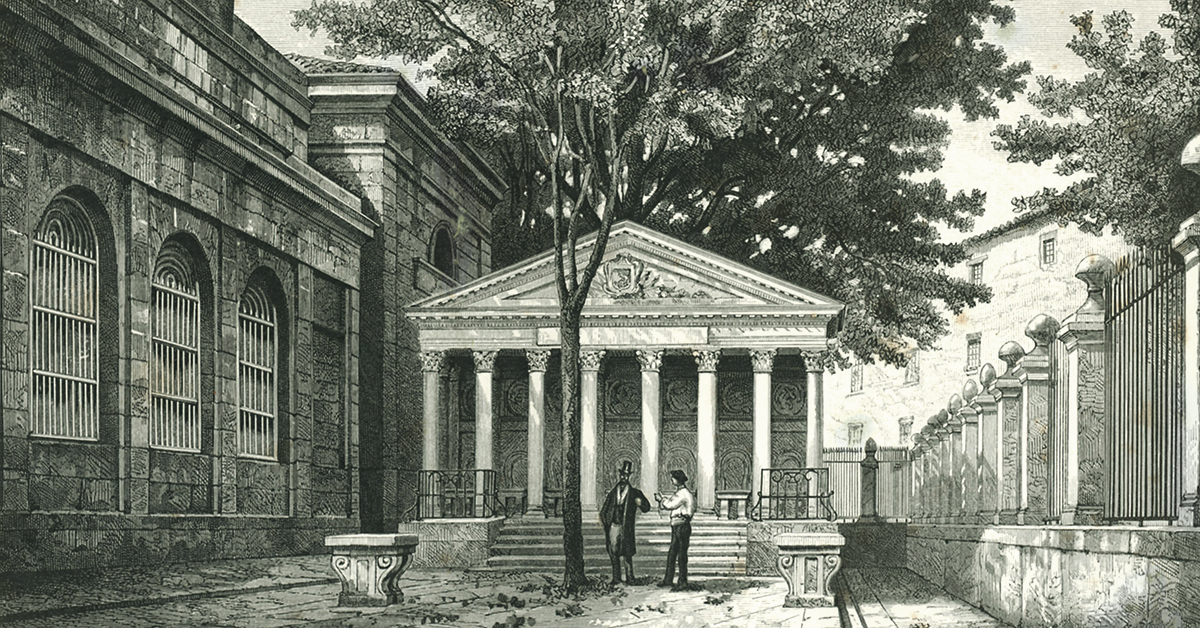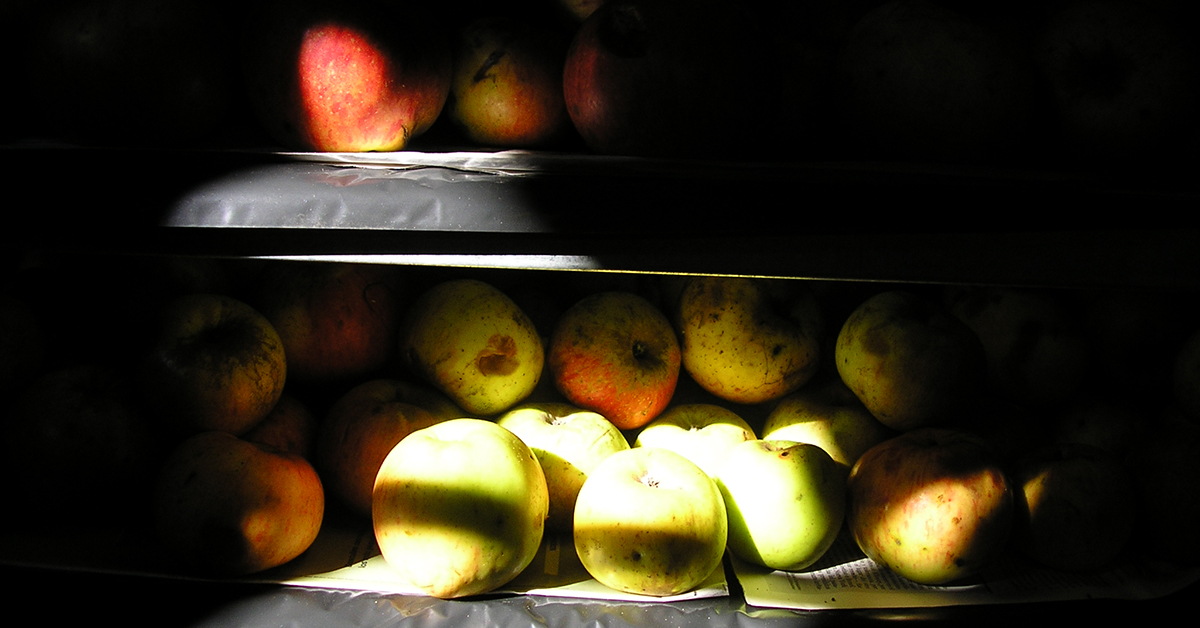Basque ethnography at a glance
Despite it not being a priority area in my investigations, I am nonetheless passionate about all matters concerning the broad research field within which the subject of death and dying falls. We refer, in this particular case, to the worship of the dead through different forms of expression: this life is followed by a supposed afterlife.
As a native of Bizkaia, few cemeteries have I seen attached to churches or hermitages in my territory. I therefore remember with emotion the first time I visited a burial ground in Lapurdi (with similar features to those of Nafarroa Beherea and Zuberoa), for I was surprised by the cleanliness and care of the surroundings, the ornamentation, the souvenirs or the stelae.
The Memorial literario, instructivo y curioso de la Corte de Madrid [Instructive and curious literary memorial of the Court of Madrid] was a magazine (fortnightly at first and monthly later) published from January 1784 to December 1790, when the government suppressed it, same as almost all other main Spanish press publications, in order to prevent the flourishing French Revolution from spreading to the south of the Pyrenees.
The chronicle “Una fiesta de toros [A Bullfight]” which appeared in the October 1785 issue, and which reported on bullfights taking place “on the 3rd, 7th, 17th and 24th of the month in the Ring located outside the Door of Alcalá” (Madrid’s main bullring since 1749 until its demolition in 1874) includes this passage, concerning the 24 October fight:
(more…)
Apples —sagarrak, in Basque— are an ancient crop here in Bizkaia, an amazing and vast diversity of varieties, for eating and making cider, having been preserved. Here are some of the designations gathered in the course of our fieldwork: kana-sagarra, sanjuan-sagarra, sanpedro-sagarra, santiago-sagarra, sanbartolome-sagarra, urdin sagarra, gaza sagarra, erreinetea, txarbea, papu gorria, madari-sagarra, limoi-sagarra, menbrilu-sagarra, bost kantoia, sagar gorria… (more…)

Tree of Gernika and adjacent church. El oasis. Viaje al país de los fueros [The oasis. Journey to the land of chartered laws], by Juan Mañé y Flaquer. Barcelona, 1880. Euskal Biblioteka. Labayru Fundazioa.
In many parts of the world, particularly in Europe, certain trees have been silent witnesses to a great deal of agreements reached at neighbourhood meetings. Next to them stood usually a hermitage or an aedicule and a stone table, or, as in the case of Gernika, a tribune where swearings-in took place. As Caro Baroja points out, trees, and singularly oak trees, have a profound meaning in collective, political and legal life. (more…)




